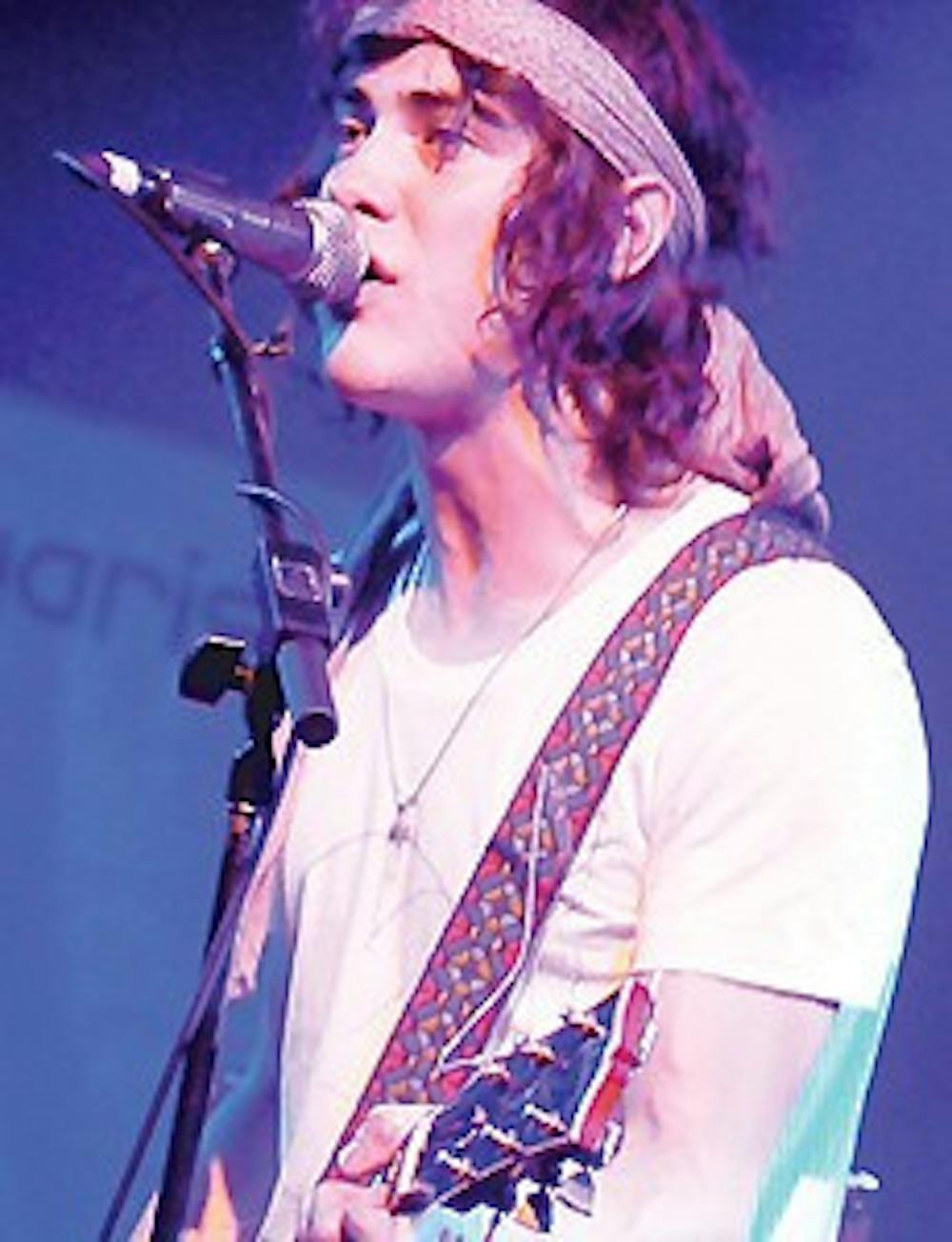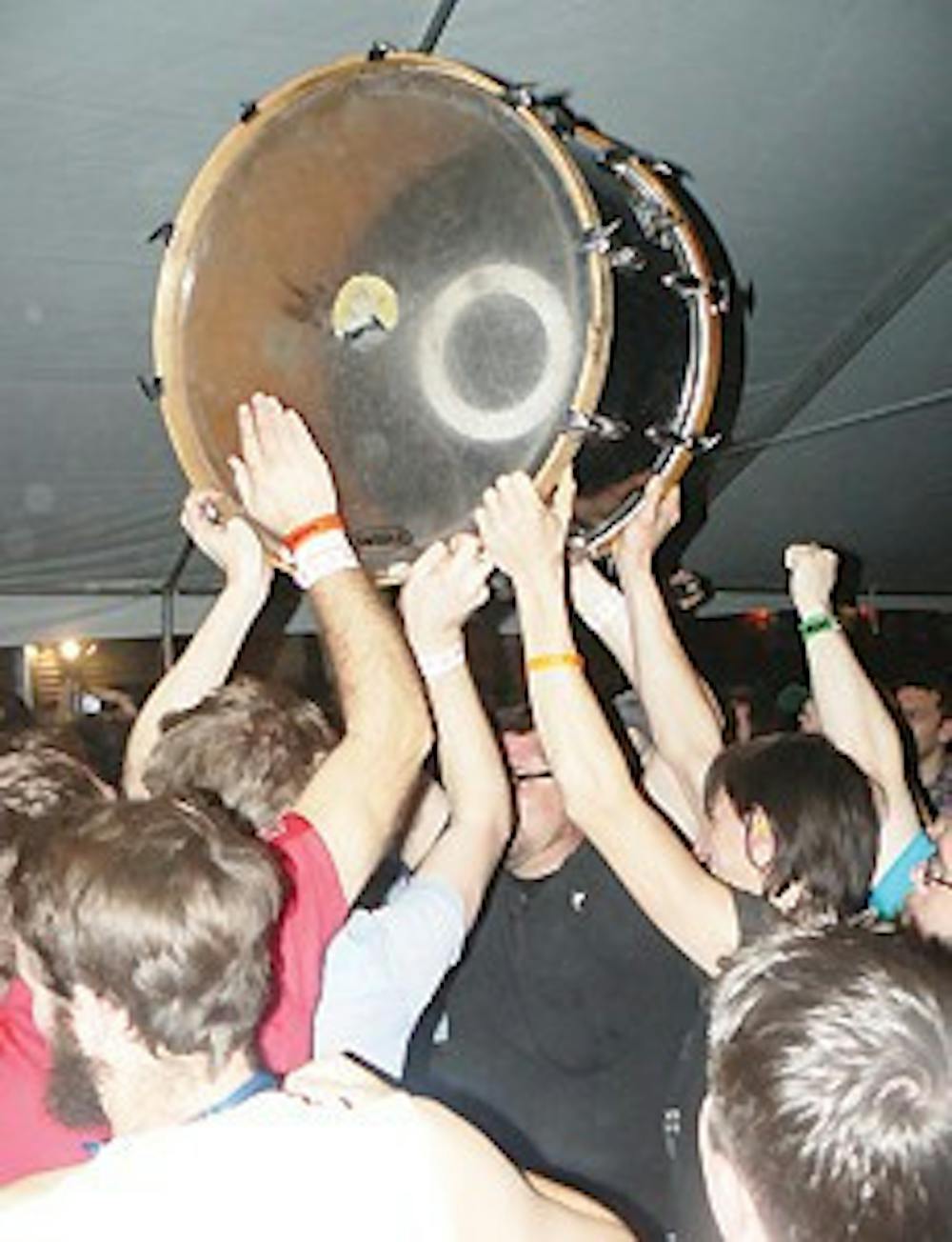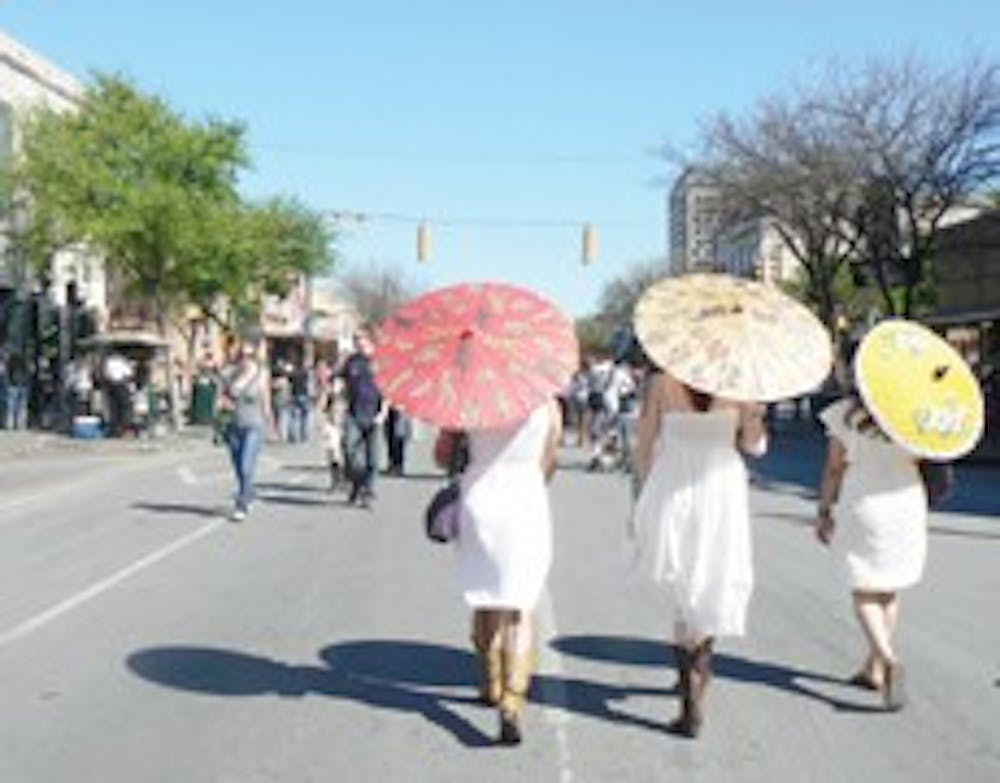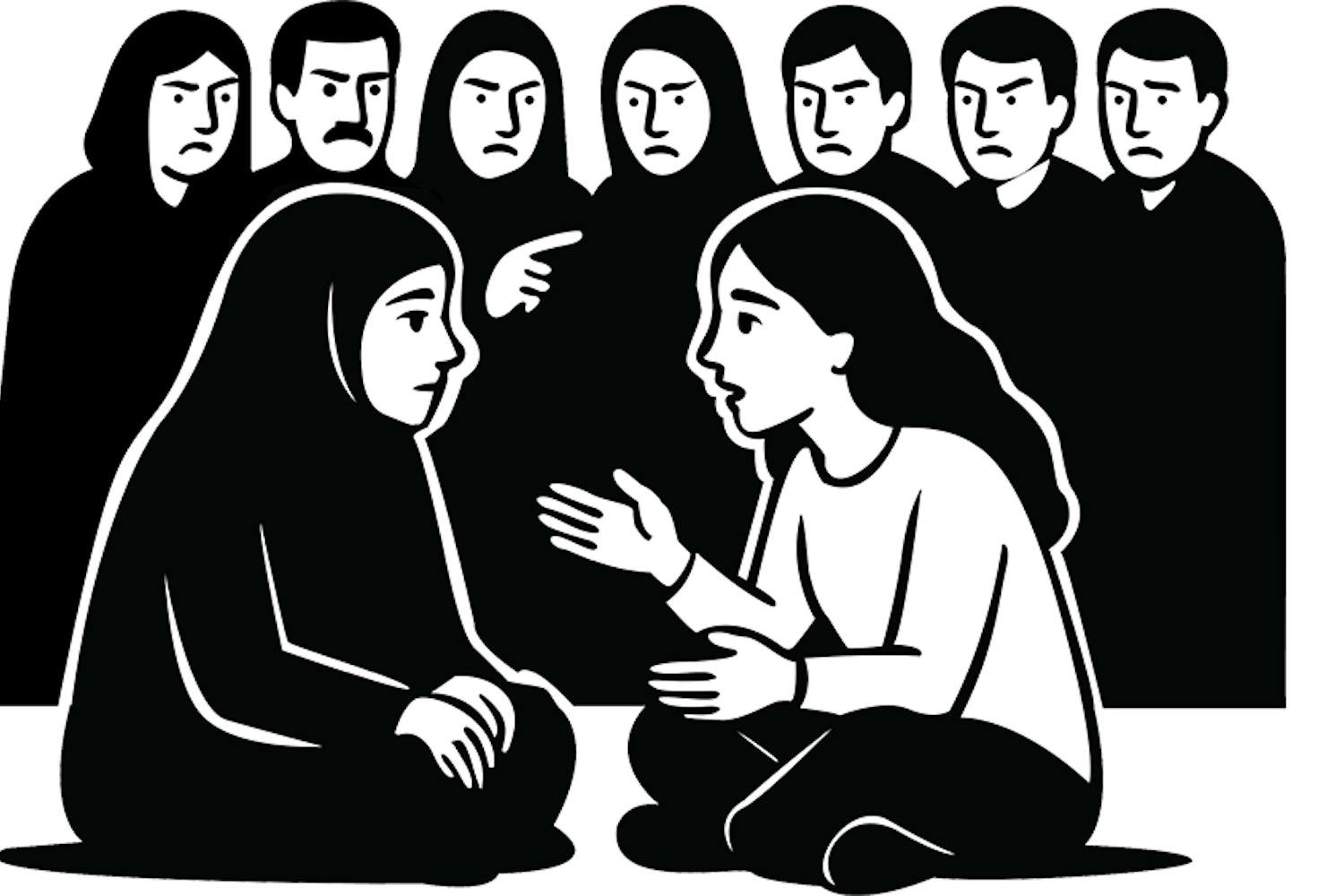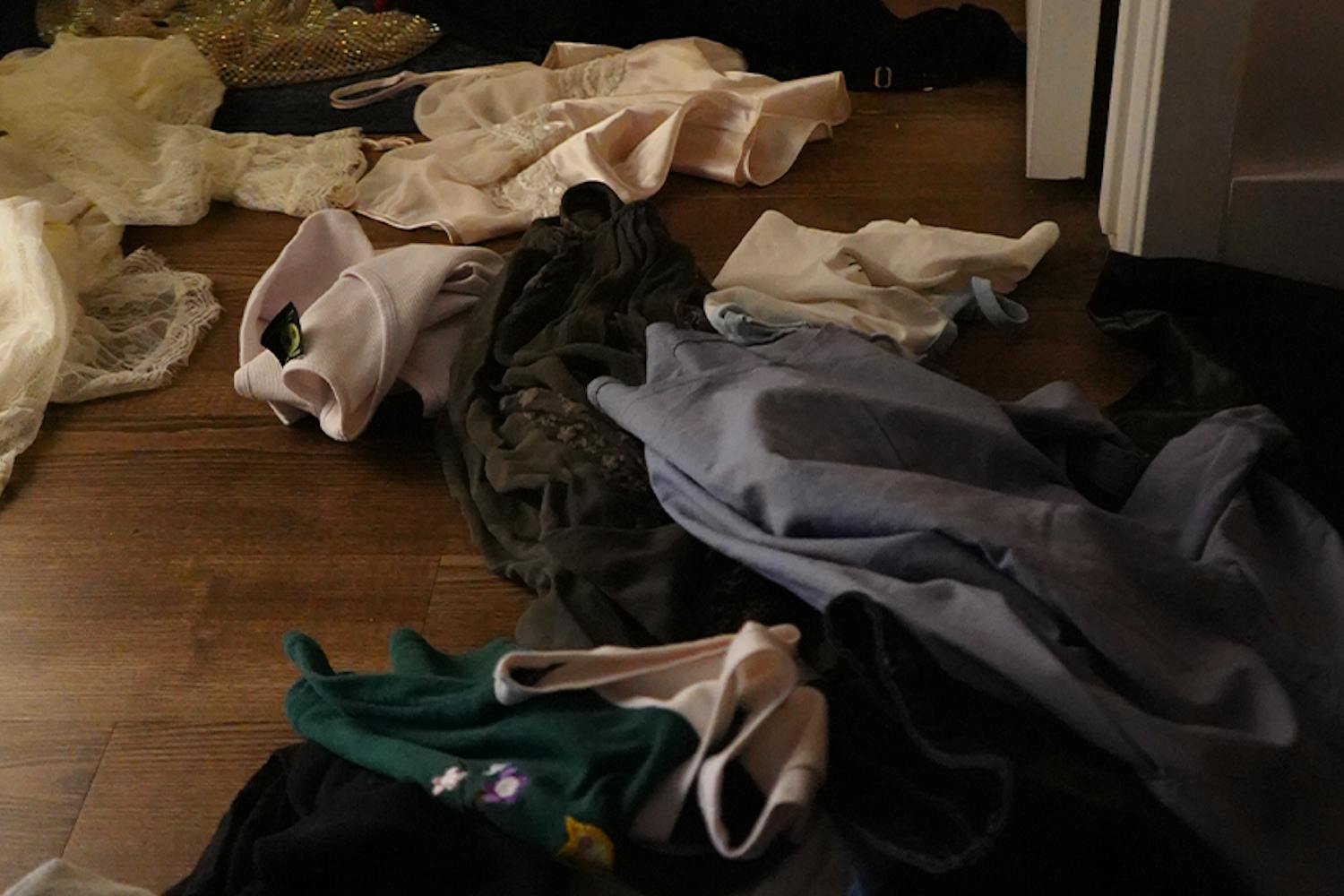'Tis the season for the music industry. The holiday box sets have gone out and spring brings first-quarter optimism in an industry suffering from uncertainty. The practice of touring is a huge factor for artists, and creates buzz around them in a tangible way.
Large festivals ranging from Coachella to the traveling Warped Tour are booked and ready to showcase old and new favorites during warmer seasons. However, the mother of these festivals kicks off over spring break in Austin, Texas, as South by Southwest couples industry debate with artists and fans in this rock 'n' roll summer camp.
For the last 22 years, thousands of people have made the trek in March for SXSW. A wall of noise hangs over the streets as literally everywhere you turn, the sound of feedback, guitar strings, kick drums and applause echoes in every direction. As in the past, indie hipsters came out in full force this year, armed with tattoos, piercings and just about every cliché appearance you can think of in the current music scene.
Many businesses in downtown Austin are involved, including the year-round infamous venues like Stubb's BBQ, Emo's and The Parish. What makes SXSW different than large outdoor festivals is that most of the shows are hosted in smaller clubs and "bar-turned-venue" locations. Fans hit the pavement in order to make it to each individual showcase. Many of the times will overlap and fans find themselves choosing among bands playing at the same time across town.
The festival prides itself on not only the concerts, but also the four-day-long conference held at the Austin Convention Center. The "panels" are usually occupied by major players in the industry, ranging from booking agents to management companies to record label personnel. The convention is an open forum for these people to discuss the trends and what did and did not work in marketing music the last year. This year, these panels included speakers like keynote Lou Reed, Ticketmaster CEO Sean Moriarty and Autumn DeWilde, a famous rock photographer, showcasing some of her work. The panels are also catered showcasing artists, with crash courses from industry professionals on management, royalties, booking and other factors they will run into on the road of making music.
For those who can't afford the conference access badge (upward of $500), there are dozens of free parties around the city during the day that host intimate sessions with high-profile artists. However, getting into these parties is difficult, as larger names on the bill equals to larger lines out of the venue. Many of the parties provide a specific platform for certain labels, publications or genres, such as the SPIN Magazine party or the "Canadian Blast," all-Canada artist party. Many of these are RSVP or VIP only, so it is important to stay on the pulse weeks in advance.
Once the convention center closes and the free booze runs dry, SXSW is ultimately about the music. This year's festival featured a wide range of artists, marrying those with longstanding national notoriety with buzz bands on their way up. N.E.R.D, Nada Surf, RX Bandits and My Morning Jacket were all on hand this year, playing to huge crowds of old fans. It also gave the opportunity for tastemaker favorites such as Vampire Weekend, Paramore and Sara Bareilles to play alongside these bands, sometimes bringing even bigger numbers and excitement.
Arizona local bands were also well-represented at this year's festival, located a 16-hour-drive away. Local favorite, What Laura Says Thinks and Feels, was in nonstop transit all week, playing parties and showcases around downtown. Other locals included The Stiletto Formal, Princess Ladyfriend, Lymbyc Systym, Scary Kids Scaring Kids and Back Ted-N-Ted. Tucson Weekly also hosted a showcase of area bands, such as Mostly Bears and The Swim. Being in the Southwest provides a huge opportunity for the Arizona bands to participate and represent what is new in the Valley.
Ultimately, SXSW represents what was good about the old industry and what is exciting about new trends. The festival has become a trusted source for new music. It embraces the opportunity of live music as a way to truly highlight a band and allows these artists to premiere new material, kick off summer tours and rub elbows with the people who shape their careers.
SXSW takes bands, fans and industry and puts them on an even playing field. One minute you'll be watching a band on stage, the next you'll be buying a drink with them at the bar. You'll share earplugs with the VP of a major record label and exchange business cards with the entrepreneur in line for pizza with you. It takes the industry out of the office and back on the streets with the artist in focus. For that reason, it's clear that the sound bouncing off the buildings during the week in Austin affects an area much bigger than just Texas.
